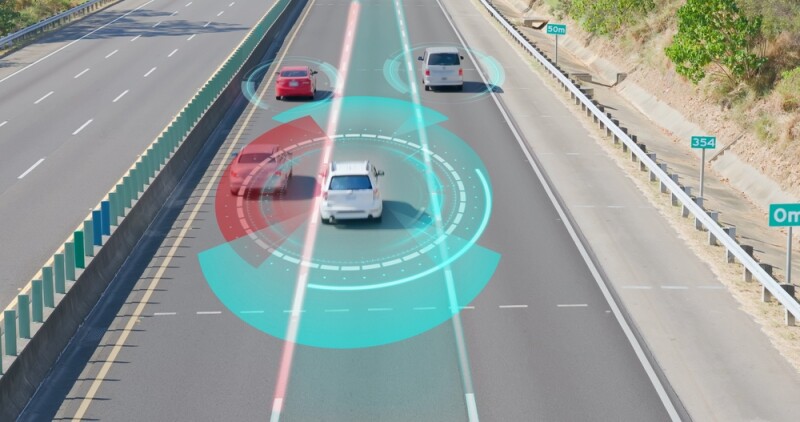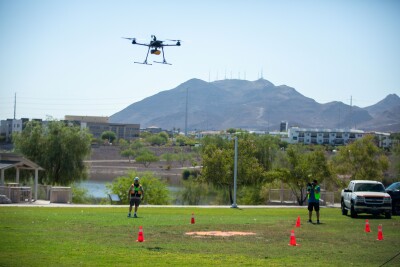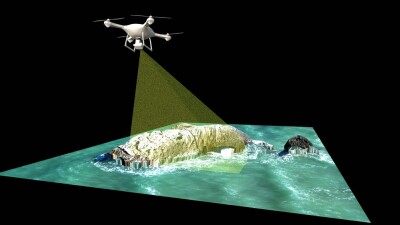Generally speaking, at Geo Week News our coverage of the lidar and 3D sectors revolve around surveying and the built world, which is a significant part of that market. However, particularly for lidar but also increasingly for 3D world creation, the automotive industry is a big end user of this technology. For lidar, it is of course one of the main components of an autonomous vehicle’s “vision” for most manufacturers, and as 3D-based simulations based on real-world physics improve rapidly during this artificial intelligence boom, more testing for that industry is happening in these spaces as well.
Today, we’re going to focus on some of our coverage that has focused on this space. Below, you’ll find five articles highlighting the way technology we generally focus on for other spaces is playing a major role in the automotive industry.
Luminar Launches Software Kit for Carmakers
We start from a story that was published just this week by contributing author Eric van Rees, who looks at a new release from Luminar. The lidar manufacturer works closely with the automotive industry and is one of the most popular lidar providers for autonomous driving. In this article, though, the focus is not on the hardware but rather the software side of the business as the company just released a new software kit for carmakers. With the kit, automakers can implement next-generation safety and autonomous capabilities for their vehicles.
NVIDIA to map 500,000 km of roads with newly-announced DRIVE Map platform
For this article we go back a couple of years to 2022 for an article from our Carla Lauter. This is when news came down that NVIDIA had plans to accurately map 500,000 kilometers of road for what was at the time a new platform, NVIDIA Drive Map. They announced two years ago that they will be releasing this map platform to get “enhanced location information to autonomous driving platforms.” As NVIDIA’s scope as grown, they now provide a simulation platform for early training processes in autonomous vehicles.
Hesai Integrates Lidar Sensors with NVIDIA DriveWorks and Drive Sim
Speaking of that simulation platform, it is the focus of this next article from about a year ago. In this article, we highlight a new integration within the simulation platform as Hesai – another major lidar provider for the automotive industry – integrated their sensors with the platform. This was the continuation of an existing partnership between the two companies, and allows automotive companies to simulate vehicle performance with the same lidar sensors that will be in their physical vehicles.
Toyota, Orange and HERE Technologies Successfully Combine Precise Position Technologies
Here we have another article from contributor Eric van Rees, this time looking at a three-way partnership around positioning for the automotive industry. The story highlights a pilot study reported late last year between Toyota, Orange, and HERE that combined multiple precise positioning technologies. The result was a centimeter-level accurate positioning of an autonomous vehicle, as well as a warning system for when emergency vehicles were close by.
Lidar-Powered Smart Intersection in Utah Marks Milestone for Urban Traffic Management
Finally, we have a recent story from this summer about a new “smart intersection” in Utah. For this article, the focus is not on how lidar is being implemented on a vehicle itself, but rather how lidar-integrated infrastructure can potentially be used to assist vehicles today and in the future. This intersection is entirely lidar-controlled, with sensors being used to track vehicles as well as cyclists and pedestrians in the intersection. In the future, we could see these kinds of intersections directly “communicating” with autonomous vehicles, essentially taking over controls for these small areas using the internal lidar sensors.






